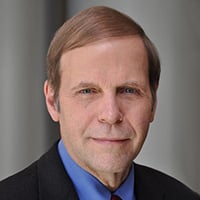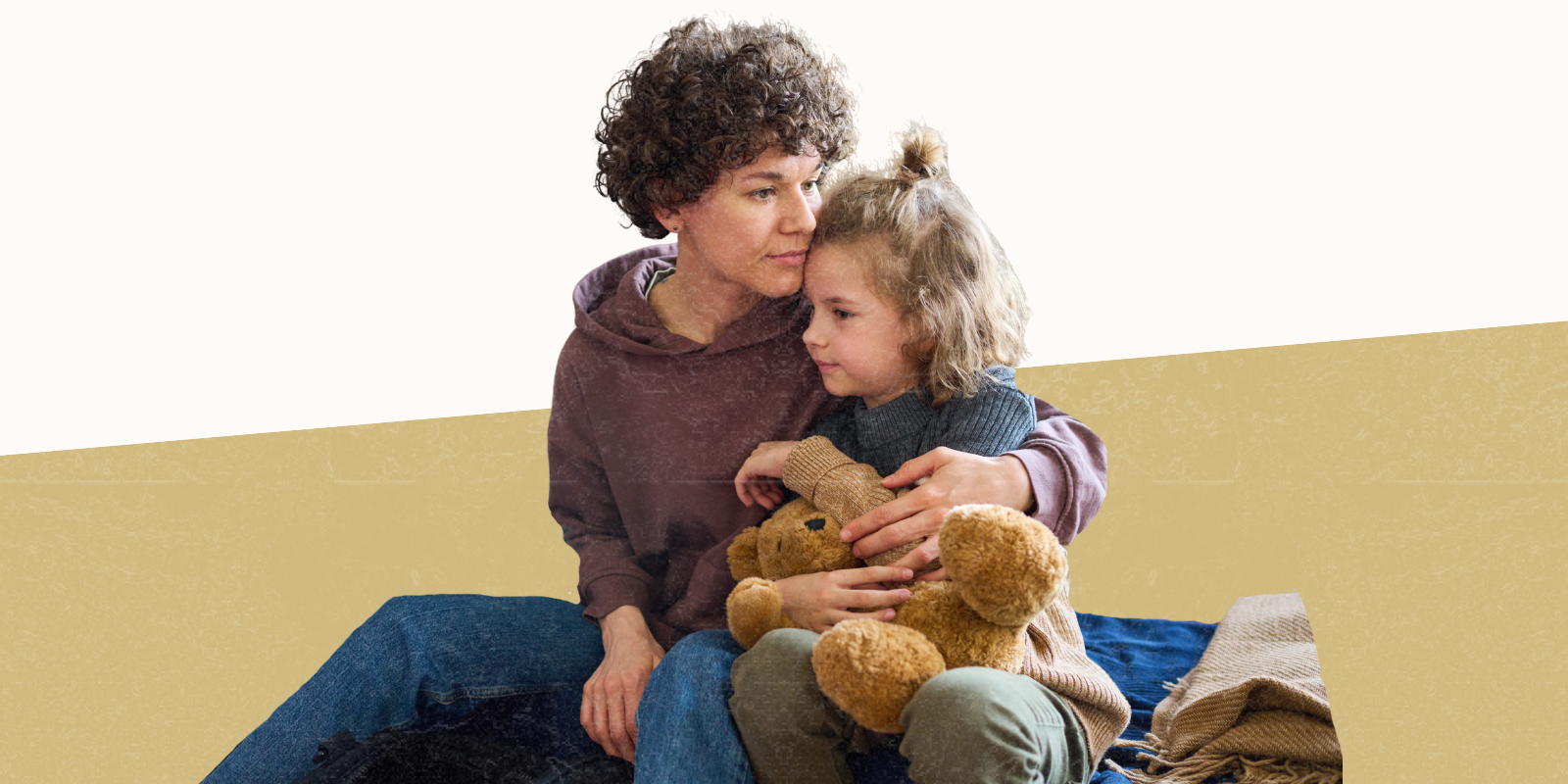In “The Man Who Mistook His Wife for a Hat,” the “man,” identified as Mr. P., visits neurologist and author of the book, Oliver Sacks, MD, for a vision problem that has been perplexing his other doctors. On his way out, Mr. P. grabs his wife’s head, thinking it’s his hat, ultimately and unknowingly introducing the lay world to face blindness.
Released in 1985, the book was a collection of case studies by Sacks, a noted academic neurologist and prolific writer who studied and treated little-known brain-related dysfunctions. Mr. P. suffered from visual agnosia, meaning he was unable to distinguish anything, from faces to hats, by sight alone.
Did you know?Prosopagnosia, the medical term for face blindness, comes from the Greek words prosopos (face) and agnosia (absence of knowledge) and means the inability to recognize faces. |
At least one in 50 people have prosopagnosia, which steals the ability to recognize or remember faces. Sacks himself suffered with the condition before his death in 2015.
Other noted people with the disorder include legendary primatologist Jane Goodall, actor Brad Pitt, and Apple co-founder Steve Wozniak. Locally, U.S. Sen. John Hickenlooper has managed a successful political career despite trouble recognizing faces.
“It can be very difficult to have this condition,” said Christopher M. Filley, MD, a professor of neurology and psychiatry at the University of Colorado School of Medicine. “Dr. Sacks once commented, ‘I often walk by people in the hallway who are actually acquaintances, but because I’m not sure who they are, I don’t say anything, and then I’m considered rude, or even autistic.’ In fact, he was neither,” Filley said.
Facial blindness severity varies among patients, ranging from having trouble identifying only periodic acquaintances to being unable to recognize spouses or even their own faces.
The brain network responsible? It's complicated
“It can be very isolating. People may feel you are being unfriendly and avoid your presence,” said Filley, senior scientific advisor for the Marcus Institute for Brain Health at the CU Anschutz Medical Campus. Recognizing faces is an important skill that begins in infancy (think when babies flash their first smiles at the sight of the first faces they remember: their parents’). “So there’s a lot of potential social disruption.”
Prosopagnosia – a neurological anomaly – can be developmental or acquired. The congenital version occurs when something goes astray in the initial wiring of the brain’s “facial perception network.” Acquired facial blindness results when disorders such as brain tumors, strokes, head trauma or Alzheimer’s disease damage those connections.
Because of the importance of human face recognition, the brain network responsible takes up a large portion of the temporal lobe, including a critical area of the temporal lobe called the fusiform gyrus. The complicated network allows processing and memory retention of new faces, said Victoria Pelak, MD, a professor of neurology and ophthalmology.
How developmental prosopagnosia occurs remains unclear. In fact, because the brain is like a “sponge,” and humans' exposure to faces is so constant, whether a congenital form could even exist was once controversial, Pelak said. “If humans were never exposed to faces, then those areas of the brain wouldn’t develop,” she said.
“But over time, it was realized that that network can be poorly developed for reasons we don’t always understand,” Pelak said. Some clinical scientists, including Filley, suspect that dysfunction in the white matter, meaning the billions of axons connecting neurons lying below the gray matter, could play a role.
Problems with processing or memory retention
Facial processing is so complex, people with prosopagnosia often have trouble explaining how faces look to them, said Pelak, who specializes in vision disorders for patients with conditions that lead to dementia and says nearly all late-stage Alzheimer’s patients have some degree of face blindness.
When evaluating for face blindness, experts use photos of faces in the normal presentation, or canonical form, Pelak said, explaining why face shots of known celebrities presented upside down make identifying them challenging for anyone.

Can you identify these celebrity faces upside down? The test represents the complexity of facial recognition, as the unusual presentation makes it difficult for your brain to unscramble the information that you see. (See answers below.) |
“When you present facial information in an unusual way, your brain can’t automatically unscramble what it sees and then give you the identity. It doesn’t come together for you. That may be one way to think about what people with facial blindness feel like. They can’t understand facial information and experience it.”
Different forms of face blindness exist. Some patients cannot process facial features well, so they have difficulty recognizing a person or even distinguishing differences, such as age or gender, which is called apperceptive prosopagnosia, Pelak said. Whereas other patients are able to process facial features, but then can’t take those facial features and attach them to a memory, and that is known as associative prosopagnosia, she said.
“So if you hold up three pictures and ask: Who’s the oldest? What’s the gender, they can answer,” Pelak said, explaining that maybe they see wrinkles or a mustache. But if their longtime neighbor is among those photos, when asked if they know any of the people, they will say no if they have associative prosopagnosia, she said.
Therapies to compensate and hope exist
While no “cure” exists for facial blindness, people experiencing problems should seek care, as behavioral and physical therapies can help with adapting to the condition. Experts suspect case numbers might be underreported due to lack of awareness.
“Sometimes people don’t recognize they have it,” Filley said. “Or they might just accept it, thinking that ‘I’m just weird or eccentric,’ when it actually turns out they have a neurological problem.”
“When you present facial information in an unusual way, your brain can’t automatically unscramble what it sees and then give you the identity. It doesn’t come together for you. That may be one way to think about what people with facial blindness feel like.” – Victoria Pelak, MD
Intensive programs, published for rehabilitation specialists to follow, allow people to compensate for the condition, Pelak said. One thing that the brain can do, depending on the cause of facial blindness, is use other non-facial features to recognize that person, including gait, voice, mannerisms, hair styles, facial hair, etc., she said.
With acquired facial blindness, treating the underlying cause early can potentially change the course for patients, such as clot-busting drugs for strokes (which must be given within 4.5 hours of onset) or newly approved Alzheimer’s drugs that can slow brain degeneration, Pelak said.
Advances in facial recognition technology could eventually offer solutions for some patients, Pelak said. “There is already technology in the low-vision world where you aim the technology at something and it tells you what you’re seeing,” she said.
“That obviously involves a high level of interaction with the person who’s using the technology,” so it would not work for someone with end-stage Alzheimer’s disease, for instance, she said. “But there is a lot of hope on the horizon.”

And the celebrities are: Brad Pitt, Margot Robbie, Will Smith, Jennifer Lopez, Ryan Gosling and Beyonce. |

.jpg)


.png)
